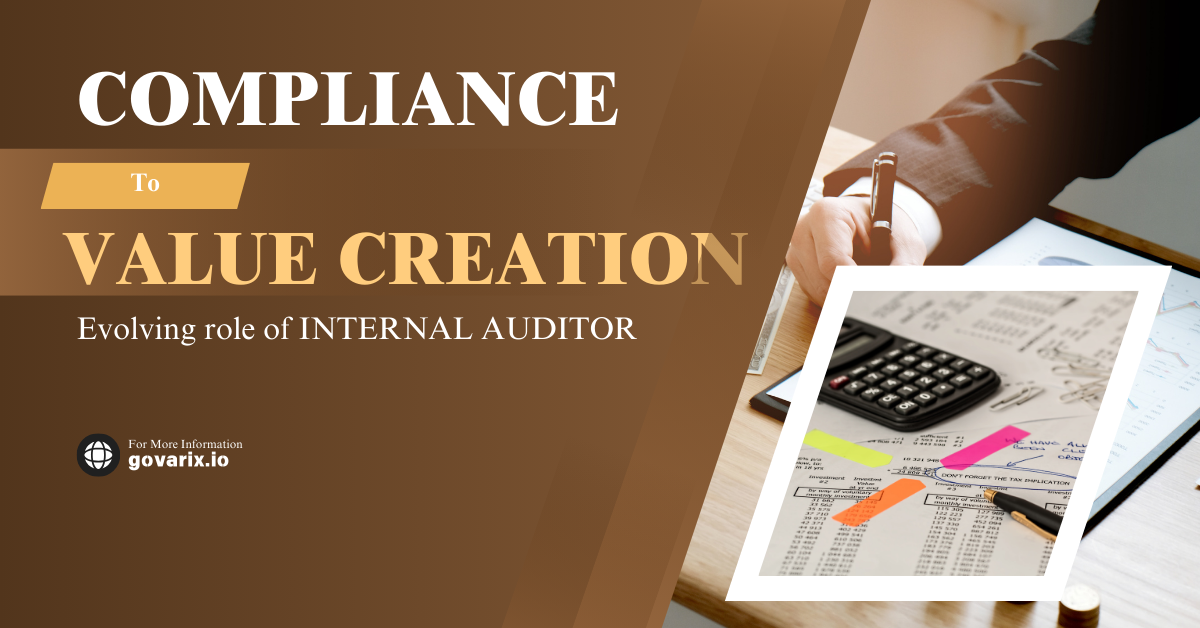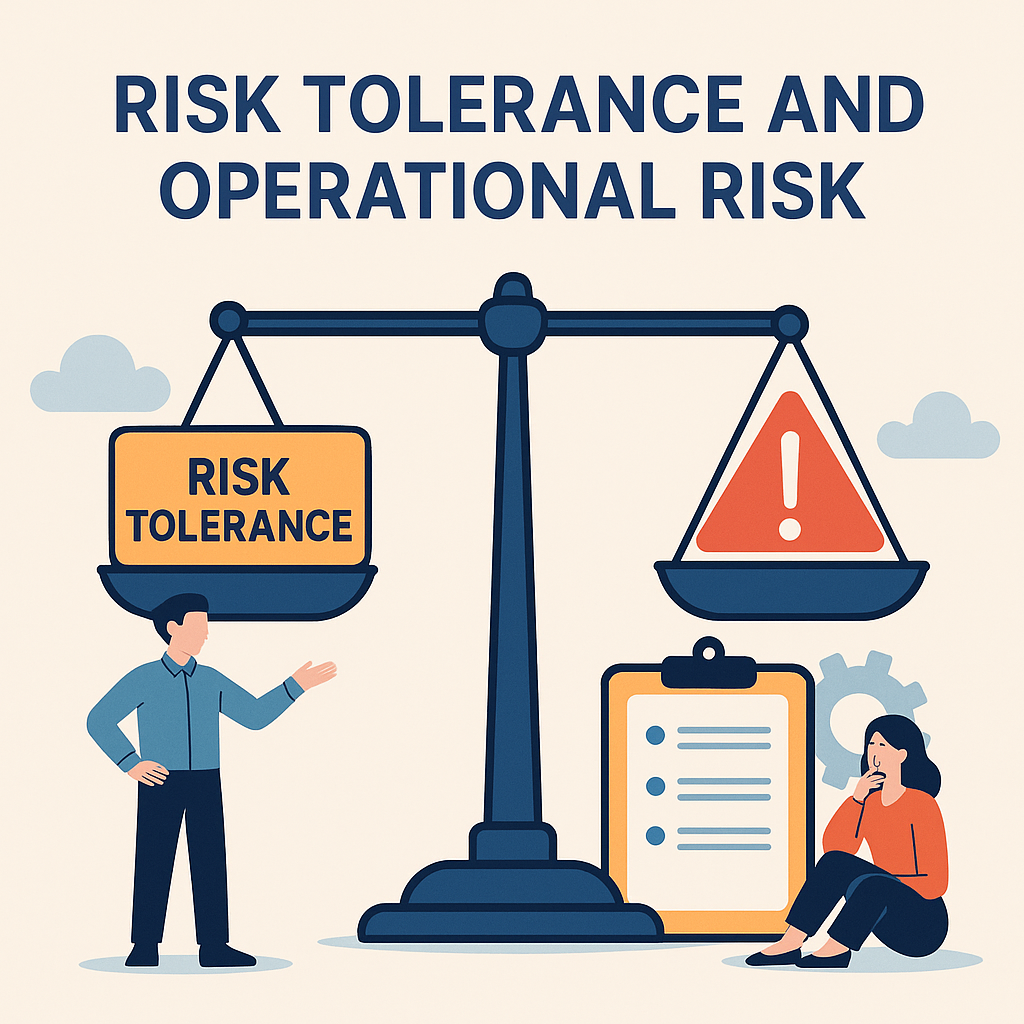Introduction
The role of internal auditors has undergone a significant transformation over the years. Traditionally viewed as compliance enforcers, internal auditors now play a more strategic role, adding value to organizations beyond regulatory adherence. This shift has been driven by increasing business complexities, technological advancements, and heightened stakeholder expectations.
This blog tries to explore how internal auditors have evolved from compliance-focused professionals to key players in driving business value, risk mitigation, and strategic decision-making.
From Compliance to Value Creation
Historically, internal auditors were primarily responsible for ensuring that financial records were accurate and compliant with regulations. While compliance remains a crucial aspect, today’s auditors are expected to take on a broader role that includes risk assessment, strategic advisory, and process improvement. Their footprint and role spread out to internal audit, advisory and consulting management.
Key Aspects of the Evolution:
- Risk-based auditing: Moving beyond checklist compliance to focus on key organizational risks.
- Strategic advisory role: Providing insights that help management make informed decisions.
- Technology adoption: Utilizing data analytics, AI, and automation for more effective auditing.
- Proactive risk identification: Anticipating potential risks and recommending preventive measures.
- Integration with business functions: Collaborating with different departments to enhance overall governance and performance.
Example: A multinational corporation shifted its internal audit function from a compliance-driven model to a strategic risk-based approach. By leveraging data analytics, the audit team identified inefficiencies in the procurement process, leading to cost savings of 20%.
Key Drivers of Change in Internal Auditing
1. Technological Advancements
The rise of AI, machine learning, robotic process automation (RPA), and big data analytics has revolutionized internal auditing. These technologies enable auditors to analyze vast datasets efficiently, identify anomalies, and provide real-time insights.
Example: A financial institution implemented AI-driven fraud detection systems, allowing auditors to identify suspicious transactions more effectively and reduce fraud-related losses by 30%.
2. Regulatory Complexity & Corporate Governance
With ever-changing regulations and governance frameworks, internal auditors must stay ahead by understanding new compliance requirements and integrating them into risk management strategies.
Example: A global healthcare company restructured its internal audit processes to align with new ESG (Environmental, Social, and Governance) compliance mandates, ensuring sustainability practices were embedded into corporate strategy.
3. Increased Business Risks & Cybersecurity Concerns
Cyber threats, data breaches, and digital transformation risks have pushed internal auditors to focus on cybersecurity and IT risk assessments.
Example: A tech startup introduced cyber resilience audits, helping the company identify vulnerabilities in cloud-based systems and strengthening data protection protocols.
4. Shift Towards Business Value & Performance Optimization
Internal audit functions are no longer just about compliance; they contribute to operational efficiency, cost savings, and business resilience.
Example: A retail chain optimized its supply chain operations by implementing continuous audit techniques, reducing supply chain disruptions and improving vendor performance.
The Future of Internal Auditing: What Lies Ahead?
As internal auditors continue to evolve, their role will likely expand into the following areas:
- Agile auditing methodologies: Flexible and iterative audit approaches that adapt to dynamic risks.
- ESG auditing: Evaluating sustainability practices and ethical business conduct.
- Advanced data analytics & automation: Leveraging AI and machine learning for predictive risk analysis.
- Strategic business advisory: Becoming key advisors in decision-making and enterprise risk management.
Example: A logistics company integrated real-time risk monitoring dashboards into its internal audit function, enabling leadership to proactively address financial risks before they escalated.
Conclusion
The role of internal auditors has evolved from compliance gatekeepers to strategic business partners. By embracing technology, risk-based approaches, and proactive governance, internal auditors now contribute significantly to organizational success.
As businesses navigate increasing complexities, internal audit functions that prioritize value creation, continuous learning, and innovation will be instrumental in ensuring resilience, compliance, and long-term growth. Good Read: Next Generation IA
References
- Deloitte – The Evolving Role of Internal Audit
- KPMG – From Compliance to Value: The Next Phase of Internal Auditing
- PwC – How Internal Audit Adds Value to Organizations
- The Institute of Internal Auditors (IIA) – Global Internal Audit Trends
- Harvard Business Review – The Future of Internal Auditing









